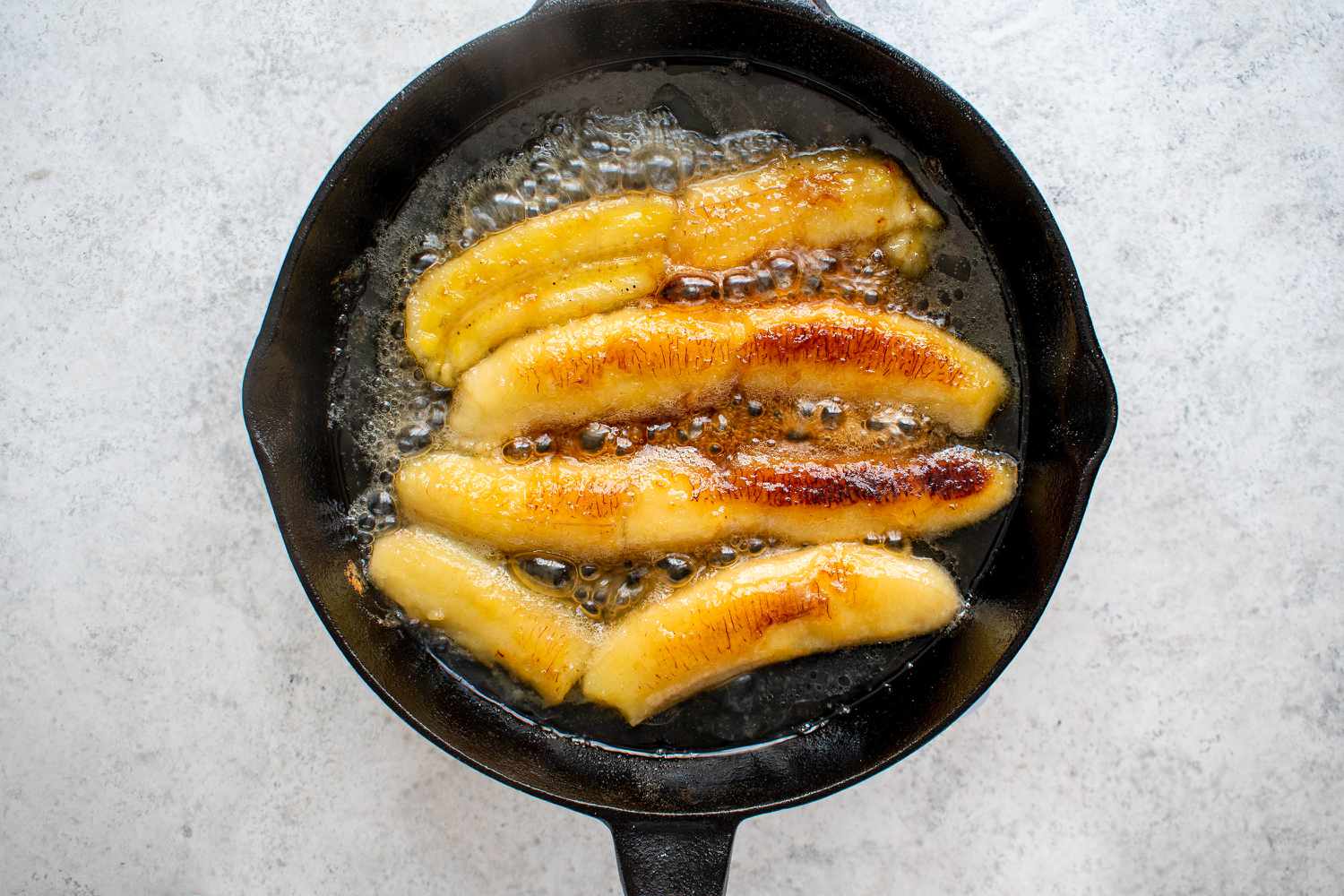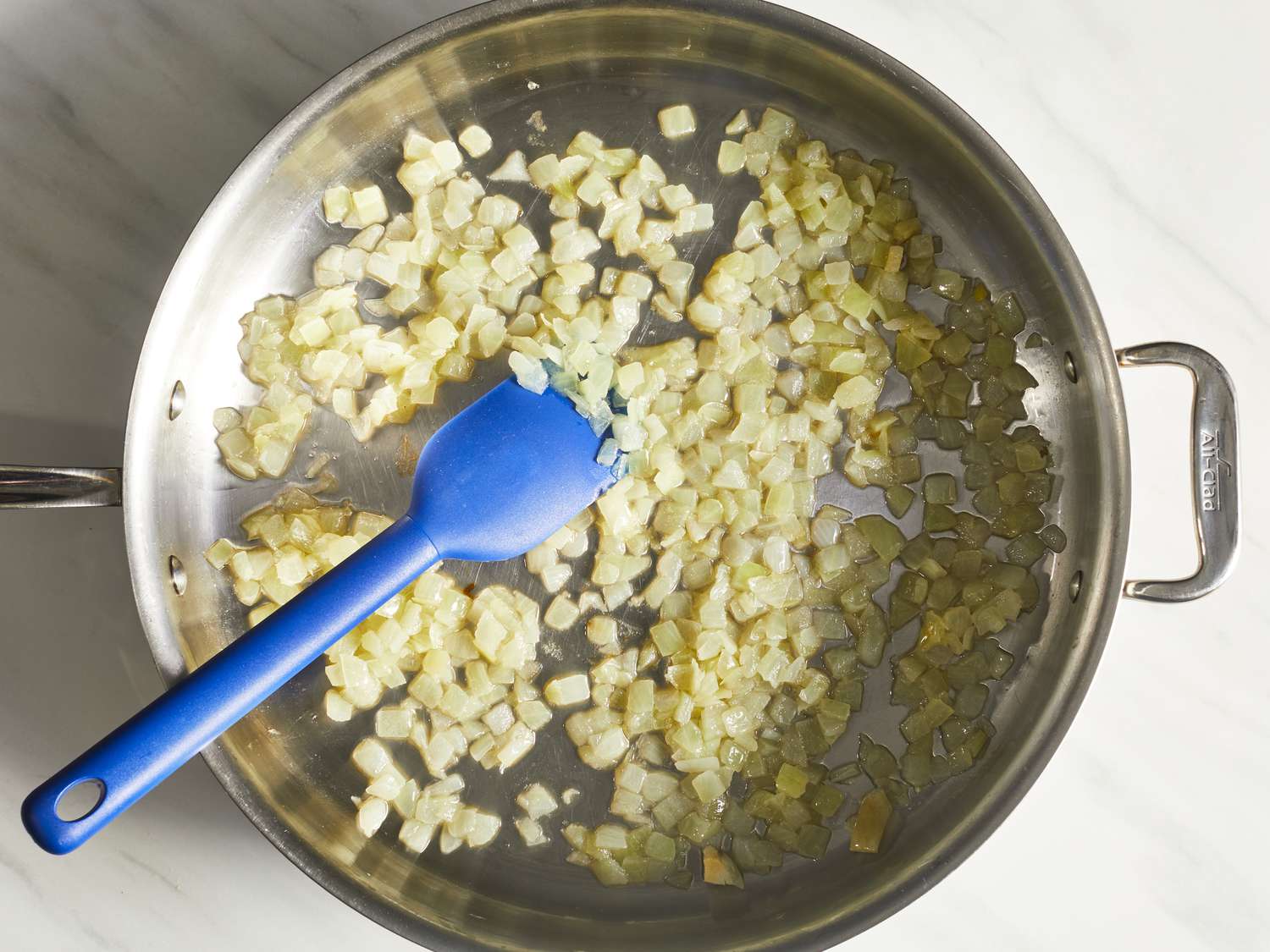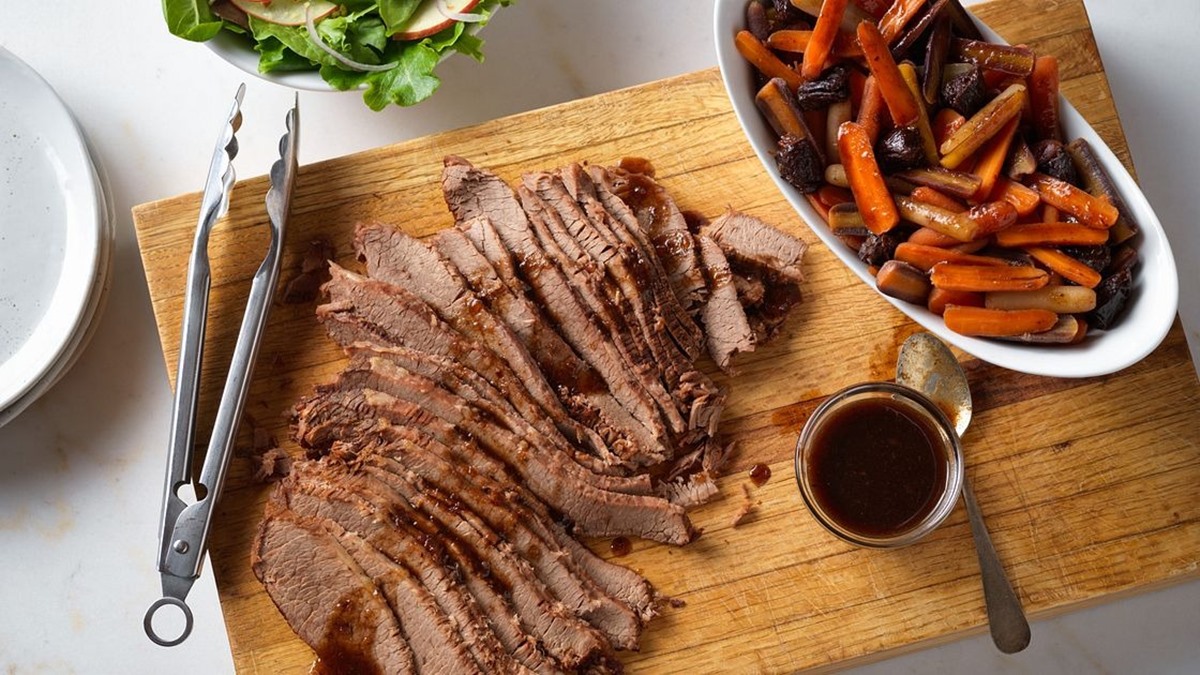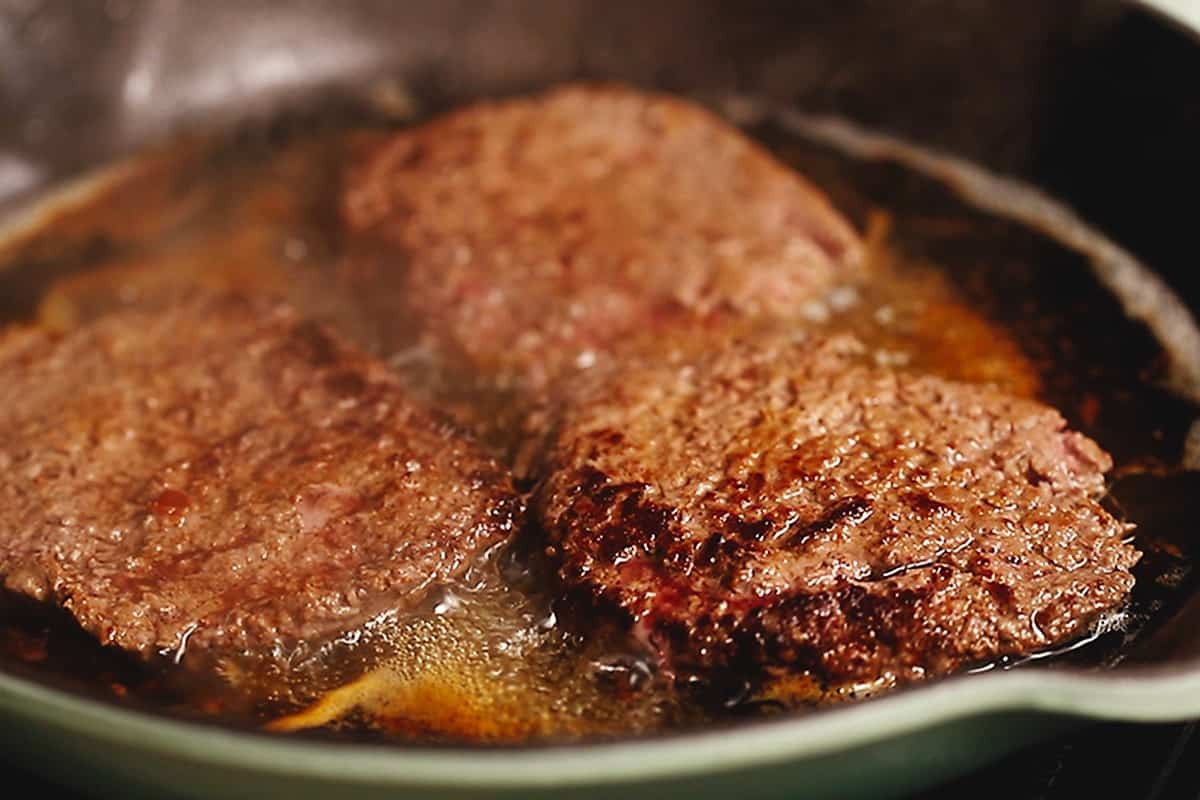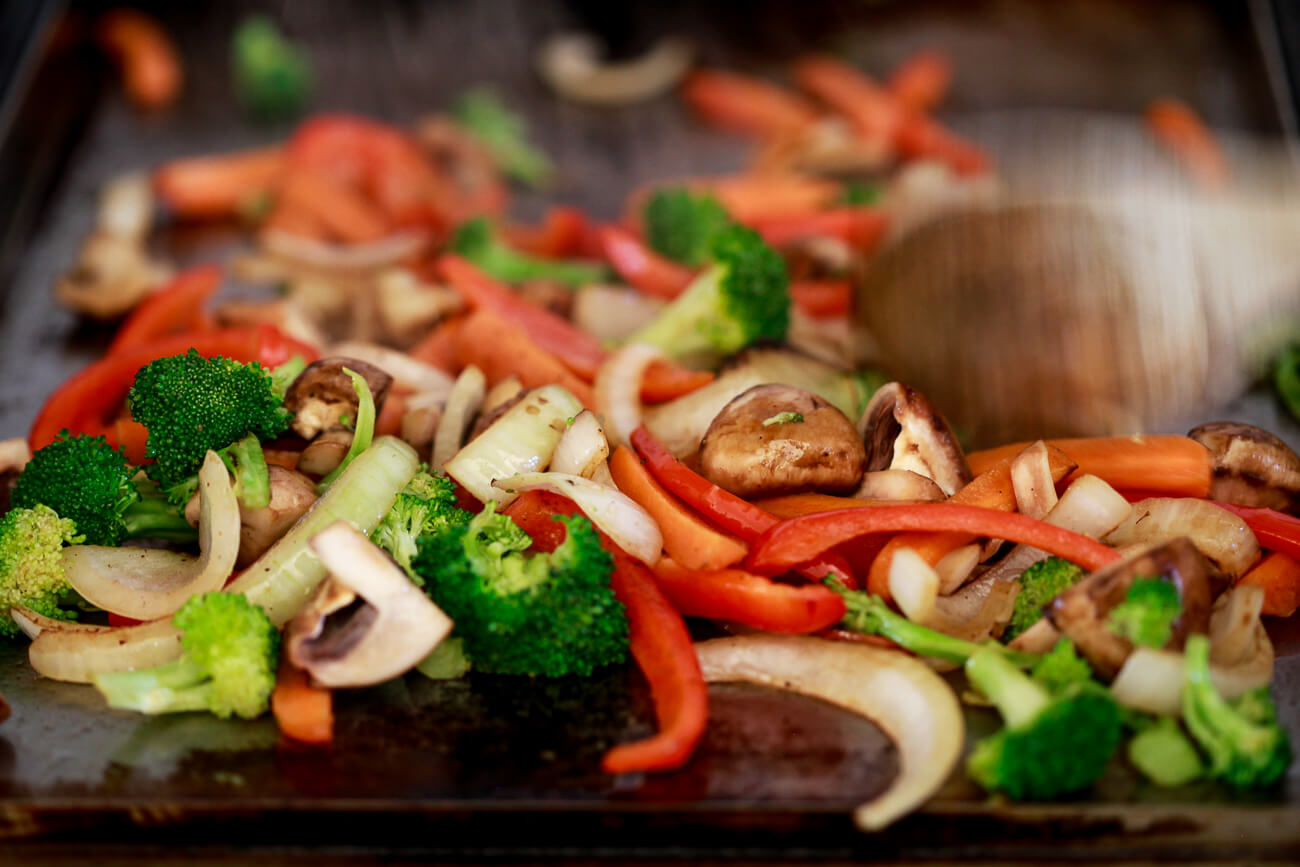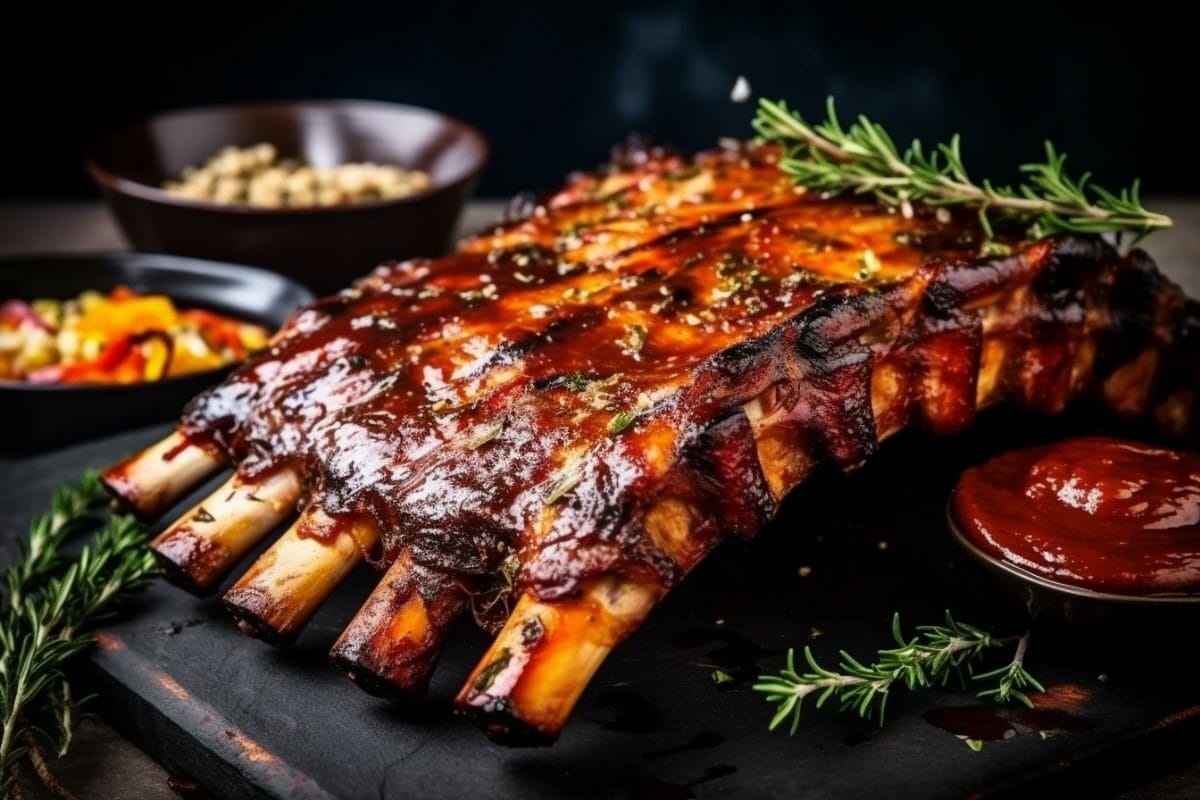Discover the Delicious Art of Cooking Beef Pectoral Meat
When it comes to indulging in succulent and flavorsome cuts of beef, one often overlooked gem is the beef pectoral meat. While it may not be as popular as some of its counterparts, this cut of meat boasts a rich and hearty taste that can truly elevate your culinary creations. In this article, we will guide you through the process of cooking beef pectoral meat to perfection, so you can impress your taste buds and wow your guests.
Step 1: Selecting the Perfect Cut
Before you dive into the cooking process, it’s important to choose the right cut of beef pectoral meat. Look for a well-marbled piece with a nice balance of lean meat and fat. This marbling ensures that the meat remains moist and tender during cooking, resulting in a melt-in-your-mouth experience.
Step 2: Preparing the Meat
To prepare the beef pectoral meat for cooking, start by rinsing it under cold water and patting it dry with paper towels. Depending on your preference, you can leave the fat cap on or trim it down. Season the meat generously with salt, pepper, and any additional herbs or spices that complement your desired flavor profile. Let it sit at room temperature for about 30 minutes to allow the flavors to penetrate and enhance the taste.
Step 3: Choosing the Cooking Method
Beef pectoral meat is incredibly versatile and can be cooked using various methods, depending on your preference. Here are a few popular options:
- Slow Cooking: This method works wonders for beef pectoral meat, as it allows the collagen within the meat to break down slowly, resulting in tender and juicy meat. Consider braising or stewing the meat in a flavorful liquid to maximize its tenderness and infuse it with rich flavors.
- Grilling: For those who love a charred and smoky taste, grilling beef pectoral meat is a great option. Marinate the meat beforehand to enhance its flavors and sear it over high heat to lock in the juices.
- Roasting: Roasting beef pectoral meat in the oven is another excellent technique that yields a delicious result. Start by searing the meat on all sides in a hot pan, then transfer it to a preheated oven and roast it until it reaches your desired level of doneness.
Step 4: Cooking the Meat to Perfection
Regardless of the cooking method, the cooking time and temperature may vary depending on the thickness and size of the beef pectoral meat. However, a general guideline is to cook the meat low and slow to ensure it becomes tender and juicy.
For slow cooking methods such as braising or stewing, simmer the meat over low heat for several hours until it easily shreds apart with a fork. This slow cooking process allows the connective tissues to break down, resulting in a melt-in-your-mouth texture.
If you prefer grilling or roasting, aim for a medium-rare to medium level of doneness, as overcooking can cause the meat to become tough and dry. Use a meat thermometer to ensure the internal temperature reaches around 130-140°F (55-60°C) for a perfectly juicy and tender result.
Step 5: Resting and Serving
After cooking the beef pectoral meat, allow it to rest for a few minutes before slicing or serving. This resting period allows the juices to redistribute throughout the meat, ensuring a moist and flavorful bite.
You can serve the beef pectoral meat as a standout main dish alongside your favorite sides, or incorporate it into other recipes such as tacos, sandwiches, or even hearty stews. The possibilities are endless when it comes to enjoying this delectable cut of beef.
So next time you’re in the mood for a savory and satisfying meal, don’t overlook the incredible potential of beef pectoral meat. Take the time to prepare and cook it with care, and you’ll be rewarded with a mouthwatering dining experience. Happy cooking!
More Delicious Recipes Featuring Beef Pectoral Meat
Once you've mastered the basics of cooking beef pectoral meat, a world of culinary opportunities opens up. Among the enticing recipes you can explore are Classic Slow-Cooked Beef Brisket for a tender, melt-in-your-mouth experience, and Smoked Beef Brisket with BBQ Sauce for those who love a smoky flavor. For a quick and flavorful meal, Beef Brisket Tacos with Fresh Salsa and Beef Brisket Sandwiches with Coleslaw are perfect choices. If you're in the mood for international flavors, consider trying the Asian-Inspired Beef Brisket with Soy and Ginger or Korean BBQ Beef Brisket with Kimchi. Each recipe utilizes the beef pectoral in a unique way, ensuring that you can apply your newly acquired cooking skills in a variety of delicious and satisfying ways.
Was this page helpful?
Read Next: How To Cook Chicken Chorizo Sausage
